 Pain
PainPain
It is likely your child will experience pain during their neuroblastoma treatment. As a parent or caregiver, it is understandable that you want to spare your child from pain. Determining the cause and type of pain will help your child’s healthcare team decide how best to manage it and keep your child comfortable.
Potential causes of pain
Pain may be caused by many factors during neuroblastoma treatment, such as:
- The location of the tumor
- Effects from certain chemotherapy medicines
- Radiation
- Surgery
- Antibody therapy
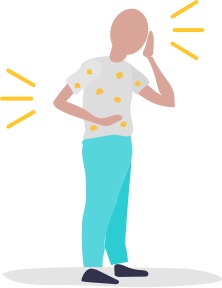
Signs and symptoms of pain
Signs and symptoms of pain can vary depending on the cause of pain. You know your child best, and your healthcare team will rely on you to tell them if you think your child is in pain.
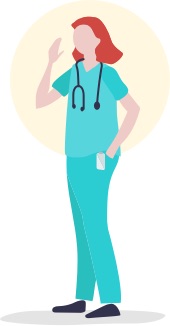
Treating pain
The healthcare team will work to figure out what is causing the pain and make a plan to decrease the pain. Pain can be treated with medications as well as comfort (nonmedication) techniques. A combination of these 2 approaches is often the most helpful.
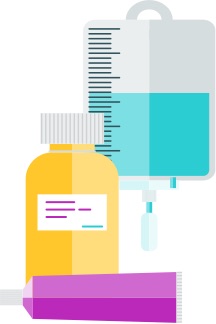
Medications
Your child’s healthcare team will choose the appropriate medication for your child. This will depend on the type and severity of pain your child is having. Different types of pain medications can be given in the following ways:
- Topically (cream or patch)
- By mouth (pill or liquid)
- IV or central line
- Catheter in their back (epidural)
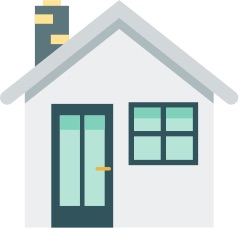
Managing pain at home
Approaches to manage your child’s pain at home and keep them comfortable without the use of medication include:
- Cold/heat
- Distraction
- Massage
- Relaxation (using techniques such as deep breathing, meditation, or soothing music)
- Exercise
While your child’s pain will be managed in the hospital during treatments, your child’s healthcare team may prescribe medications for them to take when they are at home under your care.
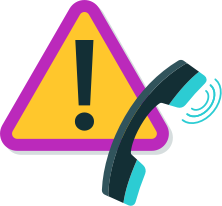
Please call your child's healthcare team if your child has new or increasing pain, or pain that doesn't improve with pain medication.
Learn about the signs and symptoms of other common side effects of treatment and how the healthcare team may manage each.